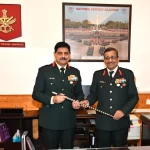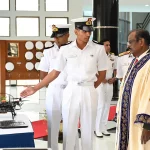On May 17, 2025, the Indian Space Research Organisation (ISRO) launched the PSLV-C61 mission from the Satish Dhawan Space Centre in Sriharikota. This was a landmark-the 101st launch from this iconic spaceport. The mission carried the EOS-9 satellite, designed for critical applications such as all-weather day-night border surveillance, disaster management, and urban planning. However, shortly after lift-off, a pressure drop in the third stage of the rocket prevented EOS-9 from reaching its intended orbit.
Also Read: ISRO’s PSLV-C61 Mission Fails: EOS-9 Satellite Not Placed in Orbit
While this setback was disappointing, it is important to remember that space exploration is one of the most complex and demanding fields of science and engineering. Even the most advanced space agencies worldwide face occasional failures. What distinguishes ISRO is its ability to treat such moments not as defeats but as invaluable learning opportunities. This pause is a moment for introspection, analysis, and improvement-not surrender.
ISRO’s optimistic approach is rooted in decades of experience. Each mission, successful or otherwise, adds to the collective knowledge that fuels India’s space ambitions. The PSLV-C61 mission’s challenges will undoubtedly lead to stronger designs and more reliable launches in the future.
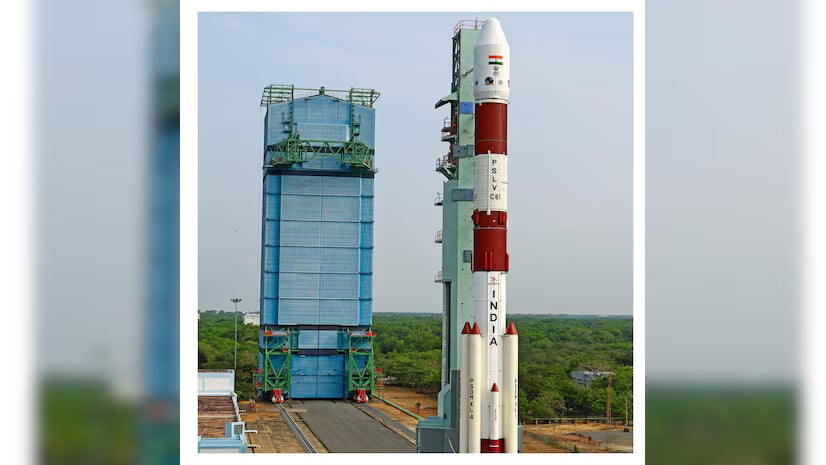
A Track Record of Learning from Failure
Since its founding in 1969, ISRO has grown from a modest space program into a global space power. Over 100 missions later, it boasts an enviable success rate, especially considering the complexity and diversity of its launches-from remote sensing and communication satellites to interplanetary probes and crewed mission preparations.
Failures have been few but significant. Each one has been meticulously studied, with lessons integrated into subsequent missions. This iterative process has helped ISRO evolve its engineering practices, quality control, and mission planning.
For instance, the Polar Satellite Launch Vehicle (PSLV) itself, now known as the “workhorse” of ISRO, had a partial failure in its second flight in 1993. The team quickly identified the cause and rectified it, leading to a string of successful launches that established PSLV as one of the most reliable launch vehicles globally.
ISRO’s success rate is comparable to, and in some cases better than, many established space agencies. This is a testament to its rigorous testing, indigenous innovation, and the dedication of thousands of scientists and engineers who work tirelessly behind the scenes.
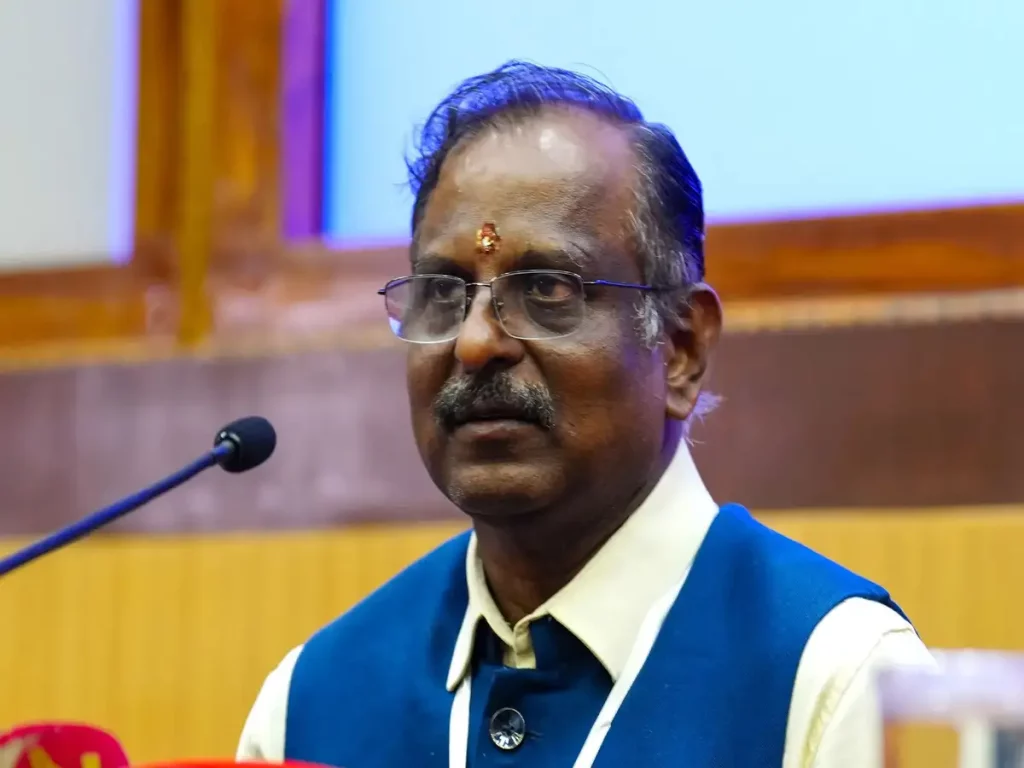
Notable Failures That Built the Foundation
Failures in space exploration are inevitable, but what matters most is how an organization responds to them. ISRO has consistently responded not with retreat, but with resolve—transforming failures into opportunities to build better, more reliable systems. Below is an in-depth look at key failures and how they shaped ISRO’s progress.
SLV-3 Mission (1979)
The SLV-3 mission in 1979 marked India’s first attempt to launch a satellite into space using an indigenously developed launch vehicle. The mission, however, ended in failure when the fourth stage of the rocket malfunctioned, preventing the Rohini-1 satellite from reaching orbit. For a young and developing space agency like ISRO, this could have been a deeply discouraging moment—particularly given the high national expectations and limited resources. Yet, rather than treating the failure as a setback, ISRO’s scientists and engineers saw it as a critical learning opportunity. They analyzed the malfunction thoroughly, refined their systems, and returned to the launch pad with renewed determination. Just a year later, in 1980, ISRO successfully launched the Rohini satellite into orbit, making India the sixth country in the world to achieve this feat independently. This success not only restored public confidence but also laid the groundwork for India’s future space capabilities. The SLV-3 failure proved to be a turning point—it instilled a culture of resilience, innovation, and continuous learning that became central to ISRO’s philosophy. It demonstrated that even a total mission failure can serve as a catalyst for technological self-reliance and national pride.
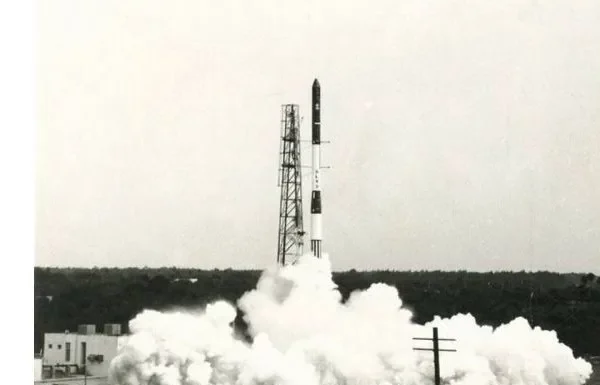
INSAT-1A Mission (1982)
The launch of INSAT-1A in 1982 marked India’s first major step toward building a domestic satellite-based telecommunications infrastructure. Developed with American assistance, the satellite was meant to revolutionize India’s communication, broadcasting, and weather forecasting capabilities. However, shortly after deployment, a malfunction in its power system rendered the satellite inoperative. This failure was a significant setback, as it threatened to derail India’s ambitious plans for satellite-enabled connectivity at a time when the country was striving to modernize its communication infrastructure. Yet, true to ISRO’s resilient spirit, the organization quickly regrouped and prepared the next mission. Within a year, INSAT-1B was launched successfully in 1983 and began delivering the intended services. The failure of INSAT-1A taught ISRO valuable lessons about satellite health monitoring, the need for redundancies in critical systems like power supply, and the risks of relying on foreign technology. More importantly, it reinforced the agency’s commitment to achieving technological self-reliance. Over the years, the INSAT program evolved into the robust INSAT/GSAT series, which now plays a central role in India’s telecom, meteorology, television broadcasting, and disaster management systems. The INSAT-1A failure, though initially disheartening, ultimately strengthened ISRO’s technical capabilities and paved the way for a far more resilient satellite program.
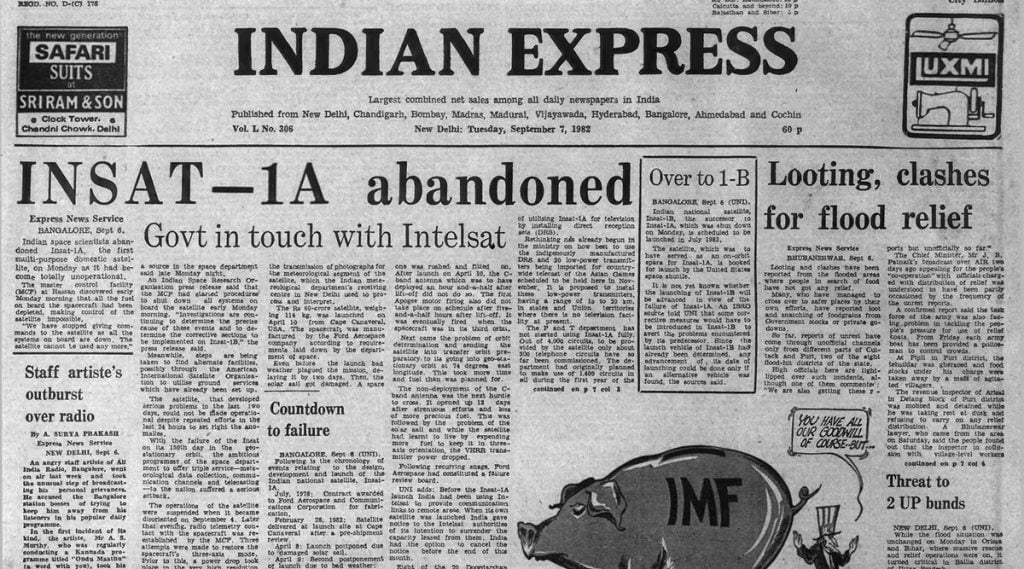
GSLV-D1 (2001) and GSLV-D3 (2010) Missions
The failures of the GSLV-D1 in 2001 and GSLV-D3 in 2010 were pivotal moments in ISRO’s pursuit of heavy-lift capability and technological self-reliance. GSLV-D1 used a Russian-supplied cryogenic upper stage, but the performance was only marginally successful, exposing limitations in integration and dependence on foreign components. The real test came with GSLV-D3 in 2010, where ISRO attempted to use an indigenously developed cryogenic engine for the first time. Unfortunately, the mission ended in failure due to design flaws in the engine’s fuel booster turbo pump. Cryogenic propulsion, which involves handling super-cooled liquid hydrogen and oxygen at extremely low temperatures, is notoriously difficult and is considered one of the most challenging technologies in space science. Yet, rather than retreating in the face of these complex challenges, ISRO doubled down on its efforts. Engineers and scientists dedicated years to iterative testing, redesign, and validation of the cryogenic engine system. This relentless pursuit eventually led to the development of the GSLV Mk-III, later renamed LVM-3, India’s most powerful launch vehicle to date. The GSLV Mk-III not only successfully launched the Chandrayaan-2 lunar mission but has also been selected to power the upcoming Gaganyaan crewed spaceflight, a testament to its reliability and capability. The setbacks faced during GSLV-D1 and D3 were thus instrumental in forcing deeper innovation and long-term thinking, ultimately making cryogenic mastery one of ISRO’s most valuable achievements.
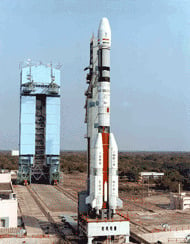
GSAT-6A Mission (2018)
The loss of GSAT-6A in 2018 was a significant but instructive failure for ISRO, coming just days after a seemingly successful launch aboard the GSLV-F08 rocket. Communication with the satellite was lost due to anomalies in its power system, likely involving the failure of battery charging or power regulation units. This unexpected silence highlighted a critical vulnerability in ISRO’s satellite engineering and operations — the need for more resilient and redundant onboard systems, particularly in power management and communication links. Rather than treating the incident as a singular mishap, ISRO responded with a comprehensive audit of its satellite health monitoring protocols. This included revising pre-launch quality checks, strengthening telemetry and command systems, and introducing better redundancy in critical systems like batteries, solar panel deployment, and onboard data handling. These improvements were quickly integrated into subsequent missions. Notably, the communication satellites GSAT-7A and GSAT-29, launched after GSAT-6A, functioned smoothly and demonstrated improved in-orbit reliability. The GSAT-6A episode thus acted as a catalyst for a more robust satellite design philosophy within ISRO, reinforcing the need for constant vigilance and systemic resilience even after a satellite reaches orbit. It underscored that mission success is not just about launch accuracy, but also about maintaining operational integrity in the harsh environment of space.
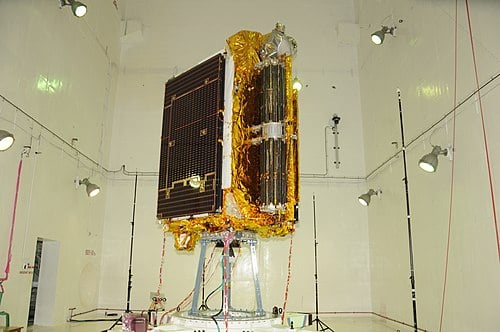
Chandrayaan-2
The partial failure of Chandrayaan-2 in 2019, particularly the crash of the Vikram lander during its final descent to the lunar surface, was a highly visible and emotional setback for India. The mission had raised great expectations, with the aim of making India the fourth country to achieve a soft landing on the Moon. However, a combination of software glitches and unexpected braking dynamics led to a deviation in the lander’s trajectory and ultimately, a crash landing just moments before touchdown. Despite the disappointment, ISRO took this failure as a learning opportunity rather than a defeat. The orbiter component of the mission remained fully functional and continues to deliver high-quality data about the Moon’s surface, exosphere, and mineral composition, thus salvaging the scientific value of the mission. More importantly, the failure of Vikram initiated a deep technical review of ISRO’s landing technologies. Engineers refined the navigation and guidance algorithms, enhanced onboard autonomy, and designed stronger, more impact-resistant landing legs. ISRO also improved real-time terrain mapping and hazard detection systems to avoid uneven surfaces. These lessons directly shaped the Chandrayaan-3 mission, which successfully achieved a soft landing near the lunar south pole in 2023—a feat no other nation had accomplished. This success not only reinstated global confidence in India’s space capabilities but also demonstrated ISRO’s resilience and commitment to iterative improvement. Chandrayaan-2’s setback, seen in hindsight, became the blueprint for Chandrayaan-3’s triumph and a testament to how failure, when analyzed and addressed rigorously, can lead to historic breakthroughs.
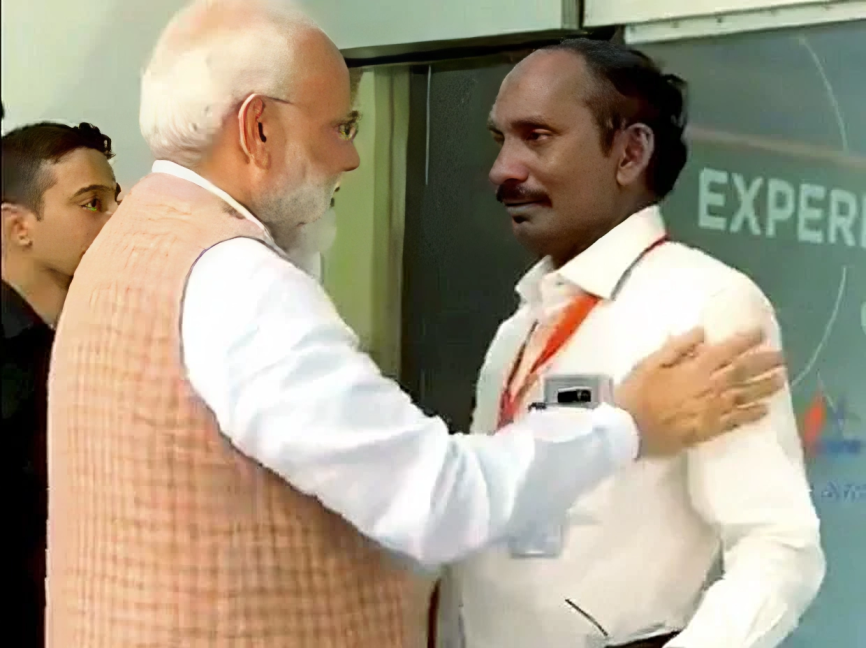
Here is summary:
| Mission | Year | Failure | Comeback |
|---|---|---|---|
| SLV-3 | 1979 | India’s first satellite launch failed | Succeeded in 1980 with Rohini Satellite, marking India’s entry into space |
| INSAT-1A | 1982 | Communication satellite failed in orbit | INSAT-1B and subsequent satellites built India’s self-reliance in telecom |
| GSLV-D1 & D3 | 2001, 2010 | Cryogenic engine & structural issues | Led to GSLV Mk-III, powering Chandrayaan-2 and the upcoming Gaganyaan crewed mission |
| GSAT-6A | 2018 | Lost contact post-launch | Improved communication module reliability in subsequent satellites |
| Chandrayaan-2 | 2019 | Vikram lander crashed on lunar surface | Chandrayaan-3 achieved a pinpoint lunar landing in 2023, fulfilling the mission’s goals |
These examples illustrate that failure is an integral part of any pioneering technological endeavor. ISRO’s culture ensures that mistakes are not repeated but transformed into stepping stones.
Why ISRO Comes Back Stronger Every Time?
ISRO’s resilience in the face of challenges and setbacks is no accident. It is the result of a deeply ingrained organizational culture and a well-structured approach to problem-solving that focuses on learning and continuous improvement. This culture can be understood through several key pillars:
Thorough Analysis
Whenever ISRO experiences a failure—whether it is a rocket launch that doesn’t go as planned or a satellite deployment that encounters issues—the organization does not simply move on or hide the problem. Instead, it initiates a comprehensive, technical review to identify the root causes. This analysis goes beyond superficial troubleshooting; it involves collecting and scrutinizing data from multiple sources, running simulations, and involving experts across disciplines. The aim is to understand exactly what went wrong and why, ensuring that the lessons learned are based on rigorous, evidence-backed insights.
Redesign & Testing
ISRO’s response to failures is not to apply quick fixes or patches but to redesign affected systems and thoroughly test these improvements before the next mission. This iterative design process prioritizes robustness and reliability over speed, ensuring that any change is validated through simulations, prototypes, and multiple rounds of testing. The organization’s commitment to perfection means that it often takes extra time and resources to refine its technology, making each subsequent mission stronger and more reliable than the last.
Blame-Free Culture
One of the most remarkable aspects of ISRO’s culture is its focus on learning rather than blame. Failures are treated as opportunities to grow rather than moments to find scapegoats. This approach encourages openness and transparency within teams, where engineers and scientists can speak honestly about mistakes and challenges without fear of punishment. Such an environment fosters creativity and problem-solving because people are motivated to share ideas freely and collaborate constructively on solutions.
Indigenous Innovation
ISRO’s resilience is also fueled by its commitment to self-reliance and indigenous innovation. Rather than relying heavily on foreign technology, ISRO invests in developing homegrown solutions that are tailor-made for India’s unique needs and constraints. This approach not only builds technical expertise within the country but also creates systems that are easier to maintain, modify, and improve locally. Indigenous innovation ensures that the organization can quickly adapt and respond to failures with deep understanding and control over its technologies.
Long-Term Vision
Finally, ISRO operates with a long-term vision that views failures as stepping stones rather than dead ends. Setbacks are understood as natural parts of the scientific and technological journey. This mindset encourages patience and perseverance, knowing that each failure provides critical information that paves the way for future success. ISRO’s leadership consistently emphasizes the bigger picture—progress over decades rather than just individual missions—which creates resilience at an institutional level.
Here is the summary:
| Pillar | Explanation |
|---|---|
| Thorough Analysis | Every failure triggers a deep technical review involving data collection, simulations, and expert investigations to identify the root cause precisely. |
| Redesign & Testing | Instead of quick fixes, ISRO redesigns systems and conducts rigorous testing and validation to improve reliability and robustness before the next mission. |
| Blame-Free Culture | A culture focused on learning rather than blaming encourages openness, transparency, and collaboration, fostering innovation and problem-solving. |
| Indigenous Innovation | Commitment to self-reliance drives homegrown solutions tailored to India’s needs, enabling better control, faster adaptation, and stronger system development. |
| Long-Term Vision | Viewing failures as stepping stones, ISRO emphasizes perseverance and progress over decades, not just immediate success, ensuring sustained growth. |
This multi-faceted culture of resilience—rooted in analysis, innovation, a supportive environment, and a forward-looking perspective—has made ISRO a global model for how to handle adversity with grace and grit. It is this culture that has enabled ISRO to bounce back stronger after every challenge and continue pushing the boundaries of space technology for India and the world.
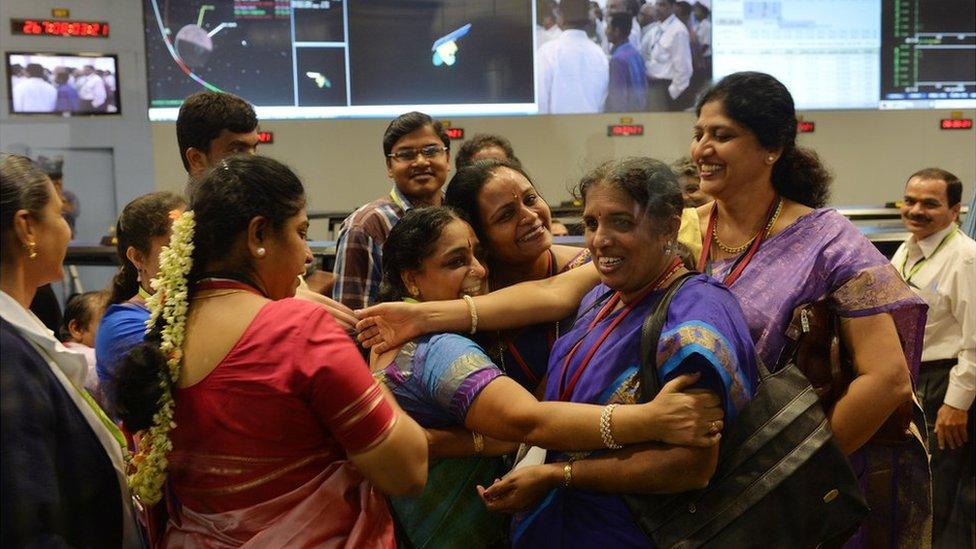
What EOS-9 Was Meant to Do – And What’s Next
EOS-9 was a sophisticated remote sensing satellite developed by ISRO with multiple important applications aimed at enhancing India’s capabilities in critical areas:
- Border and Maritime Surveillance:
EOS-9 was designed to provide high-resolution images and data to monitor India’s vast and sensitive border regions as well as its extensive coastline. This capability is vital for national security, enabling early detection of unauthorized activities, tracking vessel movements, and supporting coastal defense strategies. - Disaster Response:
The satellite was also intended to play a crucial role in disaster management by delivering timely and accurate information during natural calamities such as floods, cyclones, and earthquakes. Remote sensing data helps authorities assess the extent of damage, plan relief operations efficiently, and coordinate rescue efforts in affected areas, potentially saving many lives. - Urban and Infrastructure Planning:
EOS-9’s imaging was aimed at assisting urban planners and policymakers by providing detailed geographic information. This includes monitoring urban sprawl, land use changes, infrastructure development, and environmental impact assessments, all of which contribute to more informed and sustainable planning decisions.
Although EOS-9’s mission did not reach orbit successfully, ISRO has already planned for its replacement, demonstrating the organization’s resilience and long-term vision. Meanwhile, India’s existing fleet of remote sensing satellites continues to operate effectively, providing crucial data to fulfill many of EOS-9’s intended functions.
This ongoing data stream helps minimize any operational gaps caused by the EOS-9 failure. By leveraging the current satellites, India can maintain surveillance over its borders and maritime zones, support disaster response efforts, and assist in urban planning projects without significant disruption.
The quick planning for EOS-9’s replacement highlights ISRO’s proactive approach to setbacks. It also reflects the satellite program’s importance to India’s strategic, humanitarian, and developmental goals. With continuous innovation and dedication, ISRO ensures that India’s remote sensing capabilities remain robust and capable of meeting the country’s evolving needs.
ISRO’s Bigger Picture: Momentum Intact
ISRO’s journey in space exploration and technology development continues at an impressive pace, demonstrating resilience and unwavering commitment even when individual missions face setbacks. While the failure of a mission like EOS-9 may grab headlines, it’s crucial to recognize that many other critical projects are not only progressing but achieving significant milestones that highlight India’s growing stature in the global space arena.
Successful Chandrayaan-3 Mission
In 2023, ISRO achieved a landmark success with Chandrayaan-3, India’s third lunar exploration mission. Unlike the EOS-9 setback, Chandrayaan-3 successfully landed on the Moon, marking a major leap forward in lunar science and technology. This mission showcased ISRO’s refined capabilities in soft-landing techniques and in conducting detailed surface exploration. It also solidified India’s position among the select few nations that have managed to land on the lunar surface, boosting national pride and inspiring a new generation of scientists and engineers.
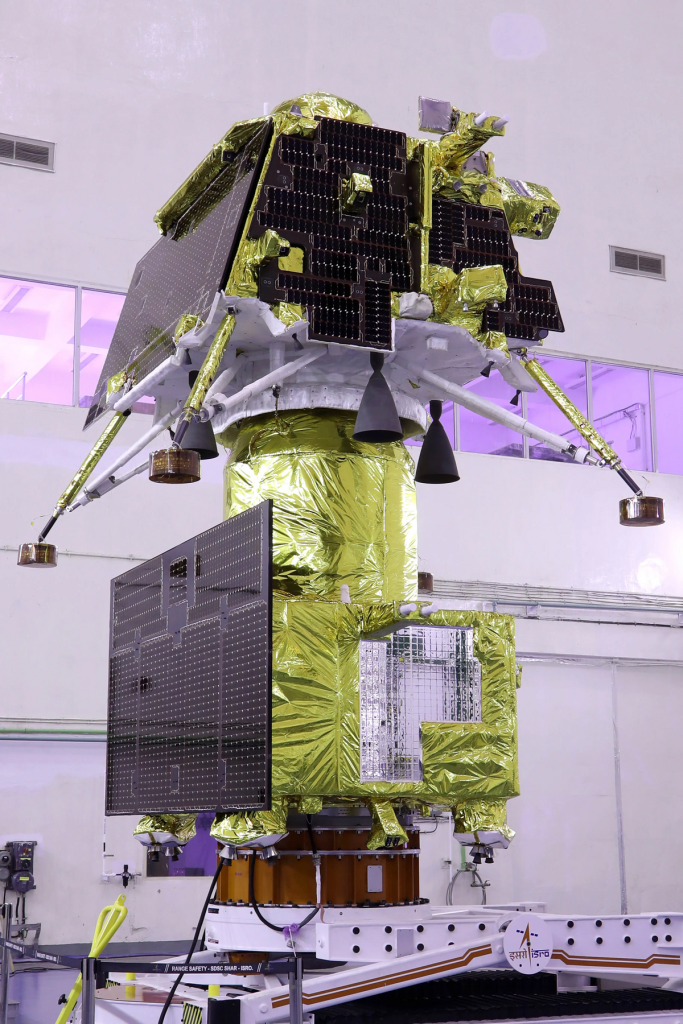
Aditya-L1: Unlocking Solar Mysteries
ISRO’s Aditya-L1 mission, designed to study the Sun, is currently delivering valuable insights into solar activity. Understanding solar phenomena like solar flares and coronal mass ejections is vital, as these events can significantly impact satellite operations, communication systems, and even power grids on Earth. Aditya-L1’s data enhances India’s ability to predict space weather and safeguard critical infrastructure, positioning the country at the forefront of solar research.
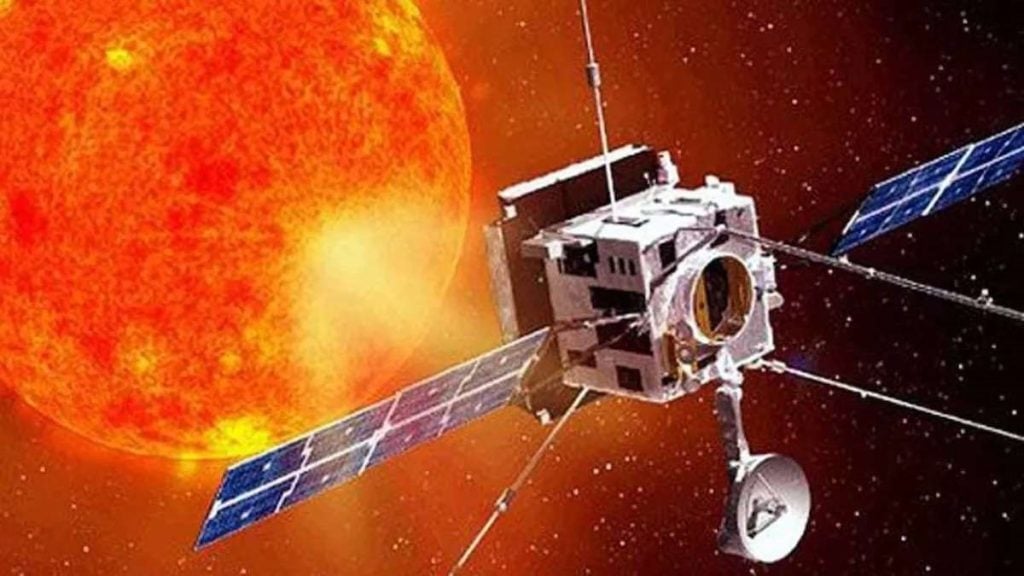
Preparing for Gaganyaan: India’s First Human Spaceflight
ISRO is actively preparing for Gaganyaan, the ambitious mission aimed at sending Indian astronauts (Gagannauts) into space. This program represents a historic milestone for India’s space ambitions, reflecting technological maturity and confidence. Gaganyaan will pave the way for India’s participation in human space exploration and further scientific experimentation in microgravity environments. The mission’s success will open doors to more complex human-centric space projects in the future.
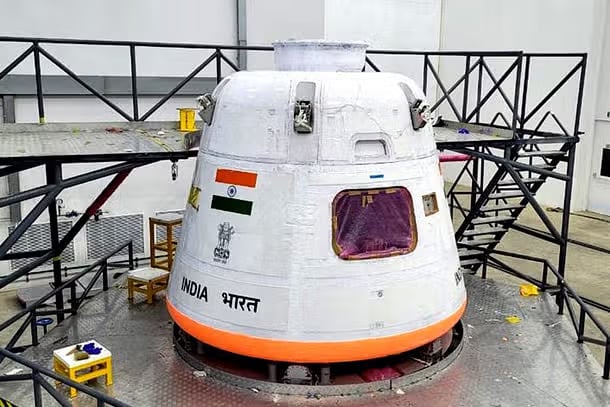
ISRO as a Global Launch Partner
Beyond government missions, ISRO’s commercial arm continues to thrive, attracting satellite clients worldwide. Its reliable and cost-effective launch services have made India a preferred global launch partner for deploying commercial satellites. This not only boosts India’s space economy but also strengthens international collaborations, technology exchange, and diplomatic ties. ISRO’s increasing role in the global space market reflects its reputation for efficiency, affordability, and innovation.
Together, these milestones underline that ISRO’s pace and purpose remain undeterred despite occasional setbacks. The organization embodies a spirit of perseverance and innovation, continuously pushing the boundaries of science and technology. Its ability to juggle multiple complex missions simultaneously—ranging from lunar exploration to solar studies, human spaceflight preparations, and global commercial launches—proves its robustness and strategic vision.
In essence, ISRO’s journey is a testament to how sustained commitment, adaptability, and forward-thinking can propel a nation’s space program to new heights. It’s not just about a single mission’s success or failure but about the cumulative impact of ongoing achievements that drive India’s presence in space exploration and technology forward, full throttle.
Conclusion: The Sky is Not the Limit
ISRO’s approach to failure is one of its defining strengths and a key reason why India has emerged as a leading spacefaring nation on the global stage. Unlike organizations or programs that view failure as a setback or a reason for discouragement, ISRO embraces failure as valuable feedback — a crucial part of the scientific and engineering process. When a mission does not succeed, ISRO doesn’t see it as the end of the road. Instead, it sees an opportunity to learn, adapt, and grow. This growth mindset fosters continuous improvement and innovation. Every failure deepens the organization’s understanding, helping it to build more reliable, efficient, and sophisticated space technologies in future missions.
This resilient spirit is beautifully captured in the words of Dr. A.P.J. Abdul Kalam, India’s renowned aerospace scientist and former President, who inspired generations with his vision and perseverance. He famously said,”Failure will never overtake me if my determination to succeed is strong enough.”
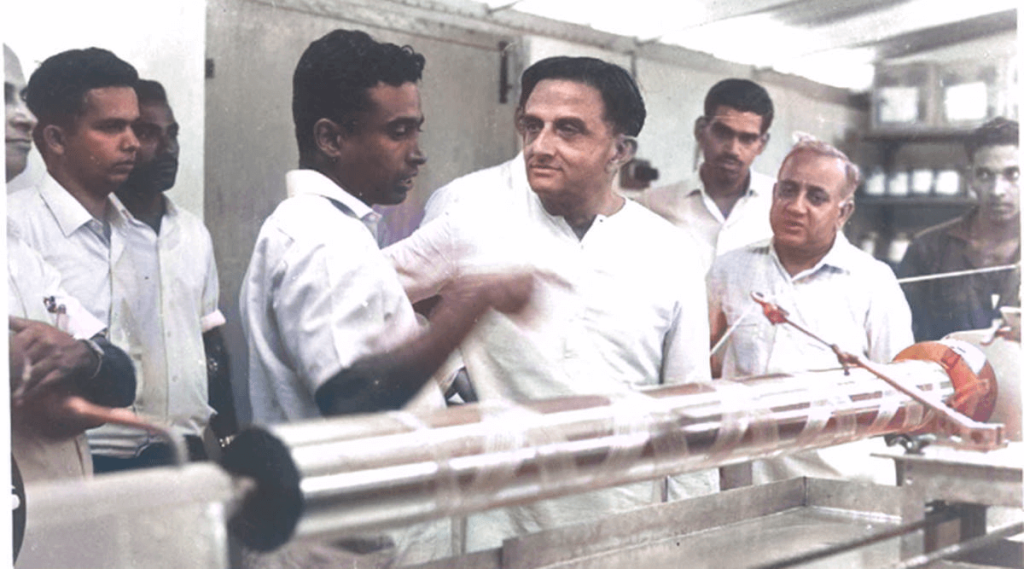
ISRO’s philosophy offers a valuable lesson not only for space exploration but for any field of human endeavor: failure is not defeat but a step on the path to success. By adopting this perspective, ISRO has transformed setbacks into stepping stones, inspiring millions and elevating India’s status as a pioneer in space technology and exploration.












